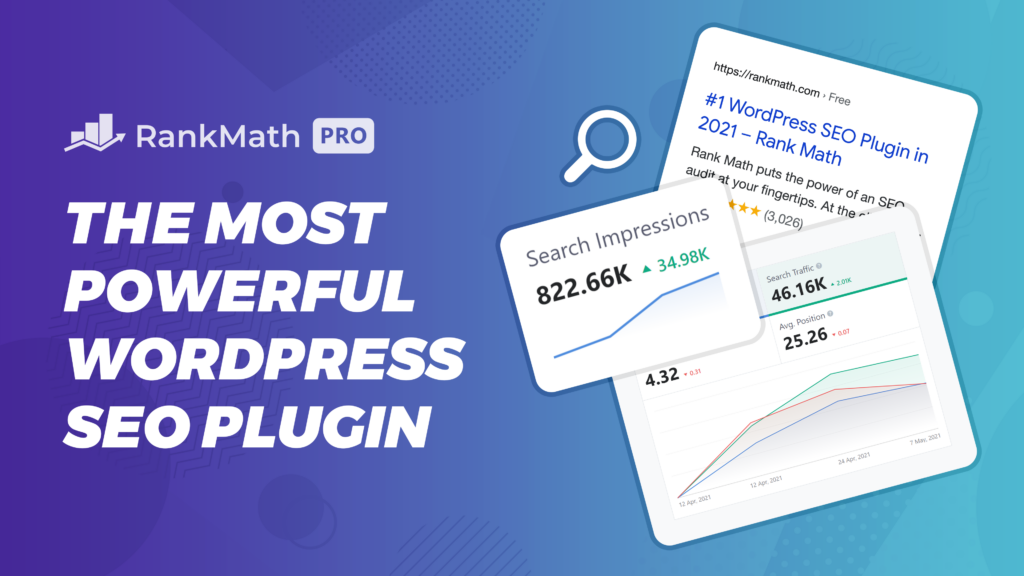Structured Data for Ecommerce: Boost Your Online Store’s Visibility
Structured data is a standardized format for providing information about a webpage and classifying its content. For ecommerce websites, implementing structured data is crucial as it helps search engines understand your products, prices, availability, and reviews, potentially leading to enhanced visibility in search results through rich snippets.
Key Benefits of Using Structured Data in Ecommerce
- Enhanced Search Visibility: Products can appear with detailed information directly in search results
- Improved Click-Through Rates: Rich results attract more attention and can increase click-through rates
- Better Product Understanding: Help search engines accurately categorize and display your products
- Voice Search Optimization: Structured data makes your products more discoverable in voice searches
- Competitive Advantage: Stand out from competitors who haven’t implemented structured data
Essential Structured Data Types for Ecommerce
You can use my Product Schema markup generator to get valid Product structured data for your products pages.
1. Product Markup
Product markup is the foundation of ecommerce structured data. Here’s an example:
{
"@context": "https://schema.org/",
"@type": "Product",
"name": "Premium Cotton T-Shirt",
"image": "https://example.com/shirt.jpg",
"description": "Comfortable, casual and loose fitting, our Premium Cotton T-Shirt will quickly become one of your favorites.",
"brand": {
"@type": "Brand",
"name": "CommonThreads"
},
"offers": {
"@type": "Offer",
"url": "https://example.com/shirt",
"priceCurrency": "USD",
"price": "29.99",
"availability": "https://schema.org/InStock"
}
}
2. Review Markup
Reviews build trust and can appear in search results:
{
"@context": "https://schema.org/",
"@type": "Review",
"itemReviewed": {
"@type": "Product",
"name": "Premium Cotton T-Shirt"
},
"reviewRating": {
"@type": "Rating",
"ratingValue": "4",
"bestRating": "5"
},
"author": {
"@type": "Person",
"name": "John Doe"
}
}
3. Breadcrumb Markup
Help users and search engines understand your site structure:
{
"@context": "https://schema.org/",
"@type": "BreadcrumbList",
"itemListElement": [{
"@type": "ListItem",
"position": 1,
"item": {
"@id": "https://example.com/clothing",
"name": "Clothing"
}
},{
"@type": "ListItem",
"position": 2,
"item": {
"@id": "https://example.com/clothing/t-shirts",
"name": "T-Shirts"
}
}]
}
Best Practices for Ecommerce Structured Data
- Keep Information Updated: Regularly update prices, availability, and other dynamic data
- Use Multiple Types: Combine different schema types for comprehensive coverage
- Validate Your Markup: Always test using Google’s Rich Results Test tool
- Include All Required Properties: Ensure you’re using all required fields for each schema type
- Implement at Scale: Use dynamic templates to automatically generate structured data
Common Mistakes to Avoid
- Using incorrect price formats
- Missing required properties
- Implementing conflicting schemas
- Not updating structured data when product details change
- Using structured data for unavailable products
Implementation Guide
- Choose Your Format: JSON-LD is recommended by Google
- Select Schema Types: Identify which types are most relevant for your products
- Generate the Code: Use a generator tool or write custom code
- Test the Implementation: Validate using Google’s testing tools
- Monitor Performance: Track the impact on search visibility and CTR
Advanced Structured Data Strategies
1. Aggregate Ratings
{
"@context": "https://schema.org/",
"@type": "Product",
"name": "Premium Cotton T-Shirt",
"aggregateRating": {
"@type": "AggregateRating",
"ratingValue": "4.5",
"reviewCount": "89"
}
}
2. Product Variants
{
"@context": "https://schema.org/",
"@type": "Product",
"name": "Premium Cotton T-Shirt",
"offers": {
"@type": "AggregateOffer",
"offerCount": "5",
"lowPrice": "19.99",
"highPrice": "29.99",
"priceCurrency": "USD"
}
}
Measuring the Impact
Track these metrics to measure the effectiveness of your structured data:
- Click-through rates from search results
- Appearance in Google Search Console’s rich results report
- Increase in organic traffic to product pages
- Improvements in conversion rates
Tools for Implementation

- Google’s Structured Data Markup Helper
- Schema Markup Generator tools
- WordPress plugins like RankMath
- Custom development solutions
Future of Ecommerce Structured Data
Stay ahead with emerging trends:
- Voice commerce optimization
- Visual search enhancement
- Integration with AR shopping experiences
Conclusion
Implementing structured data for your ecommerce site is no longer optional—it’s a crucial step for staying competitive in today’s digital marketplace. By following the guidelines and best practices outlined in this article, you can enhance your online store’s visibility, improve user experience, and potentially increase sales through better search presence.
FAQs About Ecommerce Structured Data
- Q: How long does it take for structured data to impact search results?
A: It typically takes a few days to several weeks for Google to process and display rich results. - Q: Can structured data directly improve my search rankings?
A: While not a direct ranking factor, structured data can improve CTR and visibility, indirectly benefiting SEO. - Q: Should I implement structured data manually or use a plugin?
A: This depends on your technical expertise and the scale of your ecommerce site. For large sites, automated solutions are usually preferable.


Comments
Leave a Comment